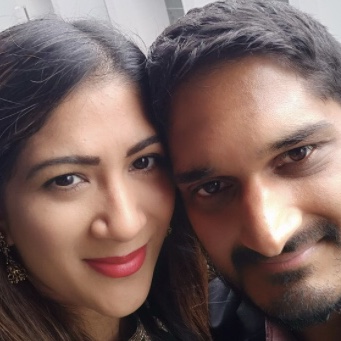A new report from the Human Fertility and Embryology Authority (HFEA), UK suggests that ethnic minority patients undergoing fertility treatment are less likely to be successful.
The reported found that overall birth rates from fertility treatment have increased. However, Black patients aged 30-34 have an average birth rate of 23%, compared to 30% for mixed and White patients.
Entitled Ethnic diversity in fertility treatment the report found that:
- 31% of Black fertility patients have fertility problems related to issues with their fallopian tubes, compared to only 18% of patients overall
- Black patients tend to start IVF almost two years later (36.4 years old) than the average patient at 34.6 years old
- Black patients experienced higher than average multiple births from double embryo transfers at around 14%.
HFEA urges caution
On these last two points the HFEA urges caution with higher age of Black IVF patients and the higher prevalence of heart conditions in the Black population. This means it is particularly important that risks should be seriously considered prior to performing double embryo transfers. This is because multiple births represent the single biggest risk to both mother and babies.
Black patients are not the only group to miss out on optimal outcomes from fertility treatment. Other ethnic groups also have worse outcomes than White patients when going through fertility treatment.
Asian patients struggling to access donor eggs
- The report shows that 89% of egg donors are White, followed by 4% Asian, 3% Mixed and 3% Black
- White eggs are utilised in 52% of IVF cycles with an Asian patient.
Seetal & Neil Savla
Seetal & Neil Savla, fertility patients of Indian heritage is currently undergoing donor egg IVF treatment. They welcome the HFEA’s report, because they are hopeful the findings will lead to fairer treatment for all ethnicities. Neil said, “Time isn’t on our side.”
Seetal & Neil are one of the Asian couples who are using White donor eggs. Seetal said, “One of the reasons why my husband and I decided against having an Indian donor was due to lengthy waiting lists in the UK. Given that time isn’t on our side, we couldn’t afford to lose one or two precious years, just waiting and hoping to hit the jackpot. We therefore chose to move forward with a Portuguese or Spanish donor, so not only am I giving up my genetic link to our potential baby, but I am also losing part of my cultural heritage as a result of the lack of Asian donors. If my husband wasn’t Indian, this would be a significant loss and take some time to grieve.”
Nadine Dorries, UK Minister for Women’s Health
More work needed
Nadine Dorries, UK Minister for Women’s Health commented on the predicament of patients like Seetal & Neil Savla. Ms. Dorries said, “This is a reminder of just how differently groups of women can experience our health and care services. It is clear more work needs to be done to understand the racial disparities in fertility outcomes.”
Sally Cheshire, Chair of the HFEA, agreed. Ms. Cheshire said, “What is clear from this report is that there are several disparities in fertility treatment across ethnic groups that need to be addressed. While we currently do not have definitive explanations for why these differences exist between patients of different ethnicities, it’s crucial that more work is done. Action must be taken to level the playing field for all our patients. The HFEA will drive this work forward, working closely with stakeholders in the sector, patients and other organisations. We want to ensure all patients receive the highest standards of care as they try for a much longed-for family.”
Read the full report here.




